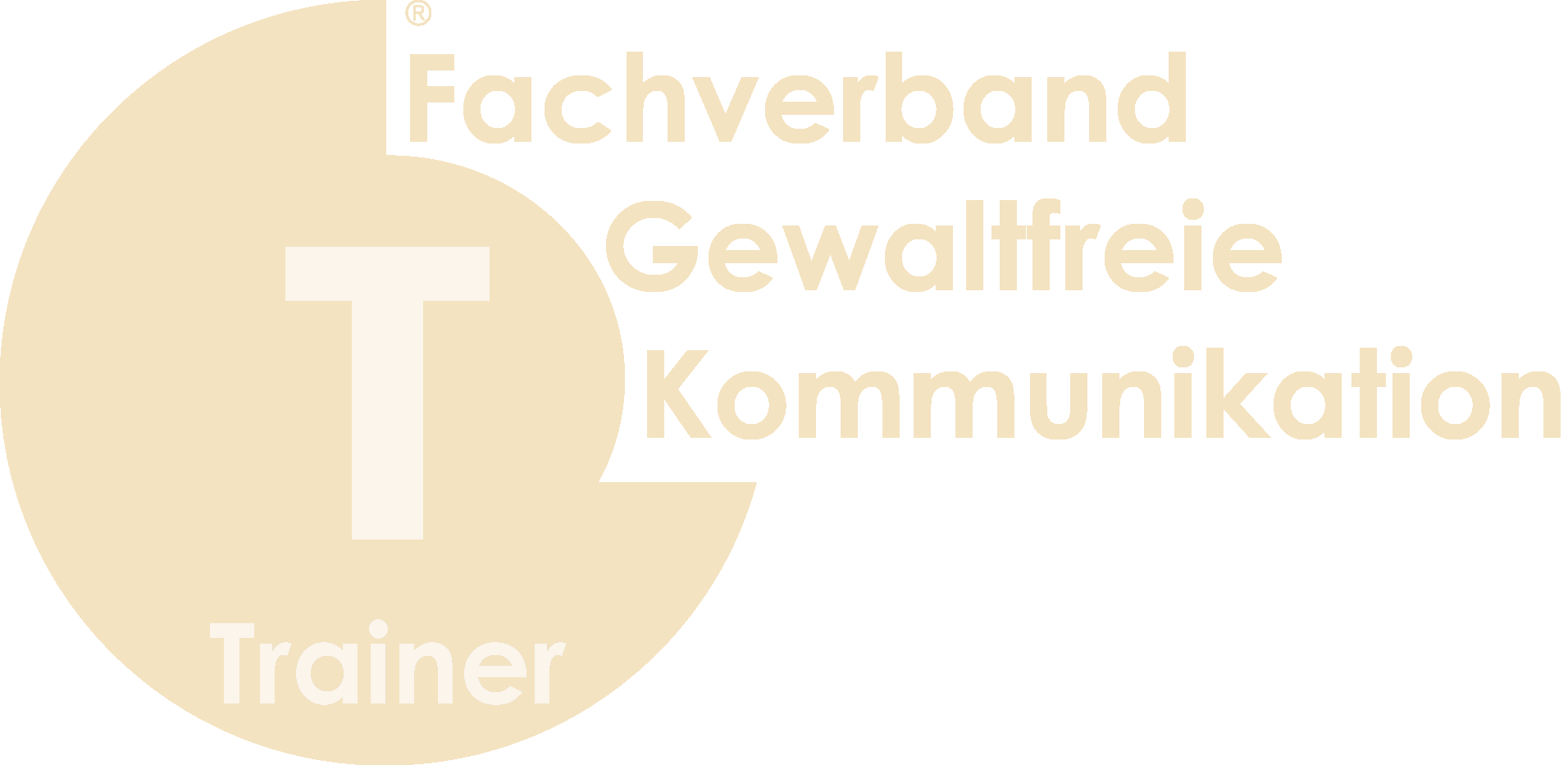Training games
You can't learn training from books alone. It requires practice and experience. Often theory is much more plausible and easier to understand if you can experience what it means in practice. For this reason I provide training games here. They are meant to make theoretical knowledge tangible and serve for practice. Of course, this cannot replace training with animals, but it can perhaps illustrate one or the other aspect. Furthermore, it should be fun, because even if we practice and train ourselves, it should be done with pleasure! Have fun trying it out.
The machtching law
The Matching Law was formulated in 1961 by Richard Herrnstein, a student of B.F. Skinner. It is the mathematical form of a psychological model of decision behavior. This model applies to animals such as dogs, cats and horses but also, with a greater variability, to humans. It still helps trainers and psychologists today to understand behaviour.
The Matching Law describes the relationship between the decision to show a certain behaviour and the previously experienced reinforcement. Put simply, this means:
What is better rewarded is shown more often.
In this context, "better" can mean that the reward was received more often for this behaviour (quantitatively), or that the reward itself was better (qualitatively). What means better is always to be seen from the point of view of the person who receives the reward. It could be that a piece of chocolate is not a great reward for me when I have a full stomach and almost feel sick. In this case I might prefer a hug. But that can also change quickly. What was a good reward, we can see if it worked as an reinforcer and the behaviour changes accordingly.
What does this mean for our training?
By reinforcing, we increase the probability that the behaviour will be shown again.
This makes sense not only mathematically but also biologically. Behavioural economics teaches us that an animal will always try to get as much food as possible with the least possible effort. We use this specifically in training by
If possible, only reinforce desired behaviour and never undesired behaviour.
Anyone who has ever tried this knows that it is easier said than done. With my Matching Law training game you can try this out right now without having to be afraid of "messing up" an animal. Here you now have the opportunity to experience the basic principle with fun.
Just try the following things:
- What about your concentration? Is it better for you to train 3 times 1 minute or 1 time 3 minutes? With which variant do you bring your dog further?
- From the Matching Law, you can deduce that a missed click does not weigh as heavily as a wrong click, because you do not reinforce unwanted behaviour. Can you understand this in the game?
- How well can you observe and distinguish between the different dog behaviours? At the most difficult level, the behaviours are sometimes only visible for 0.6 seconds!
Train concentrated and with a clear picture of what you want to reinforce and what you don't want to reinforce.
You will quickly notice in the game that this bears fruit. And now take this with you into the daily training routine with your pet. You will be amazed how quickly your pet can now understand what you want from it.





